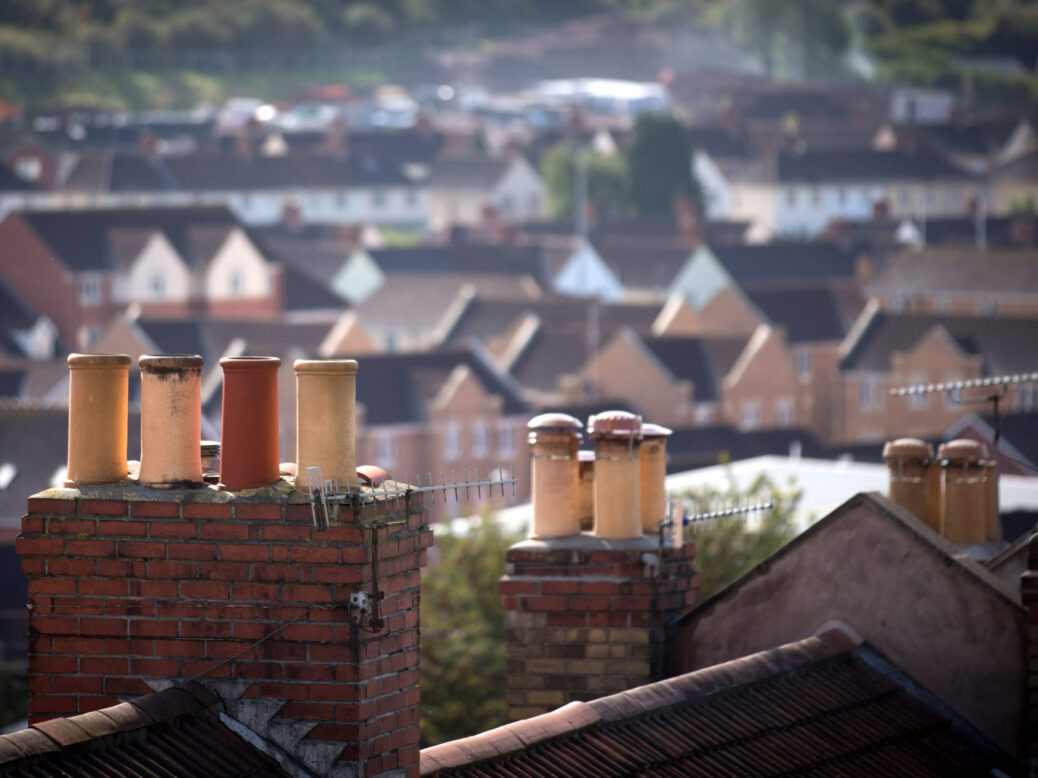
On Monday I went along as people from across London turned out in support of long-standing tenants of the New Era estate, as they protested outside the Mayfair office of the remote US pension fund that recently bought their homes and is now threatening their eviction.
Two months ago, local residents and I argued against Boris Johnson as he handed Royal Mail shareholders a huge windfall by approving their Mount Pleasant planning application with no genuinely-affordable housing.



